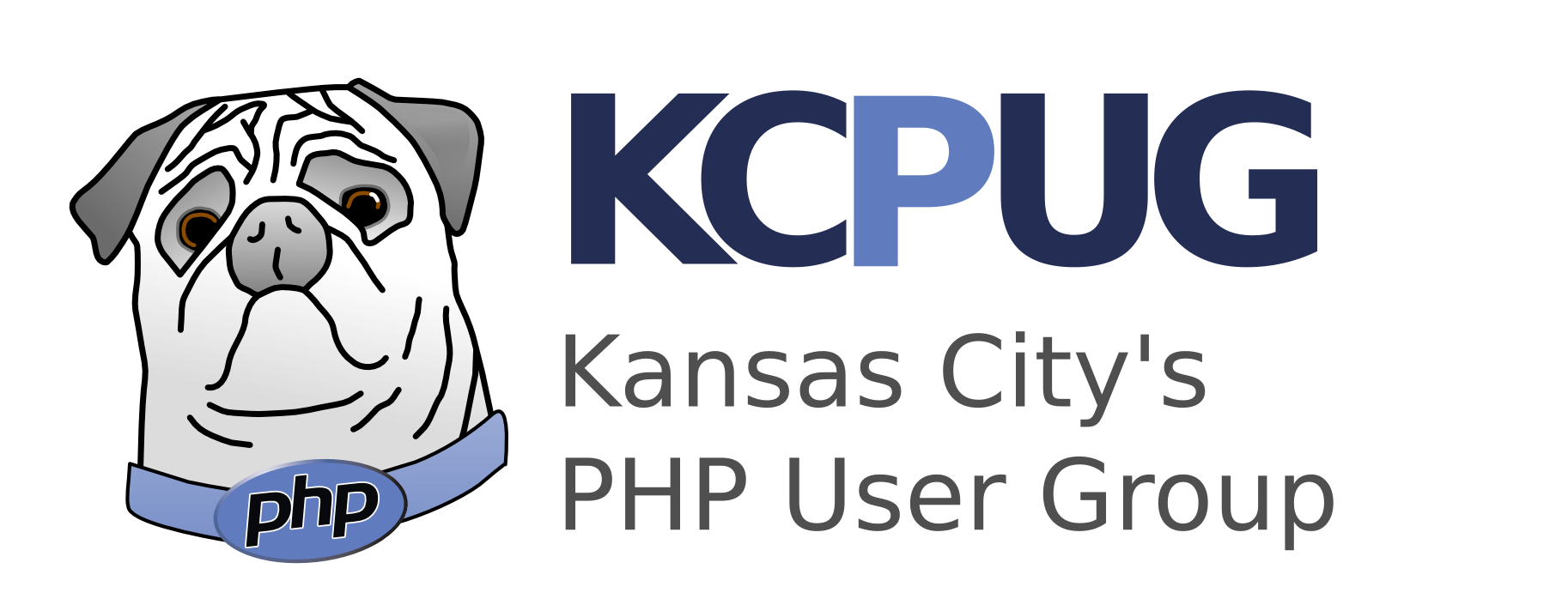I don’t recommend trying to read the book straight through. A lot of the early chapters talk about how nitty-gritty details of how Apache functions. These chapters, while informative, can be a bit boring. If you really want to get to the meat and potatoes, skip to the chapter that you’re most interested in. Want to know about Name Based vs. IP based virtual hosting? Skip to chapter 7. This chapter has everything you want to know about virtual hosts, with a lot of extra features you might not have known about, such as the ability to assign and dedicate apache child processes to specific virtual hosts.
There is a specific chapter dedicated to performance tuning, of course. It talks about the different process models available and explains all of the performance enhancing configuration directives in detail. In stress testing my own servers, a lot of this information was very handy. If this chapter falls short in any way, it is the lack of information regarded stress testing tools available. If you want to stress test your dynamic web applications, a simple search on the web will find you far better solutions than the benchmark tool he talks the most about in the book (ab). He briefly mentions two others in the book, but I felt he could have done a better job of explaining why you’d want to use them.
The chapter on dynamic content was the one chapter that left me a little perplexed. He talks about CGI, the best ways to run CGI scripts, running server side includes (SSI), running Perl scripts, and running FastCGI for increased speed. However, there is not a single PHP reference in this chapter. He doesn’t mention PHP until the final chapter of the book, where he talks about extending Apache with 3rd party modules. I understand that this isn’t a PHP book, but I felt he could have talked about PHP a little bit more than he did.
Other chapters, of which I just briefly skimmed, cover topics such as user authentication, SSL, log files, fault tolerance and clustering, proxying, caching, and server security. Many of these were very interesting, and I plan on using this book as a reference whenever I need more information on any of these topics.
If you run a high-load web server that needs a lot of customization or performance improvements, this is a great book to take a look at. Almost everything you need to know about Apache is in here and most of it is explained very well. If you are a beginner, you may want to look elsewhere. This book is meant for professionals and hardcore enthusiasts that want to push Apache to its limits.
A couple of links….
[url=http://www.apress.com/book/bookDisplay.html?bID=275]Publisher’s information on the book[/url]
[url=http://www.amazon.com/exec/obidos/tg/detail/-/1590593006/]Amazon.com Link[/url]
– Doug

Thanks Again!
– Dan